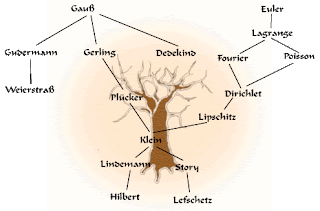Going beyond the data?

In a 2007 Nature paper Engel et al. reported the data below showing the amplitude of an optical signal versus time. The lower curve is the Fourier transform [using a new numerical method they developed explicitly for this paper] of the upper data. They interpreted this data as evidence for quantum coherence between the excited states of different chromophores in a photosynthetic protein, since an oscillatory signal is a signature of quantum interference (Rabi oscillations). Engel et al. went on to claim that this coherence enabled the biomolecule to function in a highly efficient manner because: …the system is essentially performing a single quantum computation, sensing many states simultaneously and selecting the correct answer, as indicated by the efficiency of the energy transfer. In the presence of quantum coherence transfer, such an operation is analogous to Grover's algorithm , …such a scheme can provide efficiency beyond that of a classical search algorithm. This Natur














